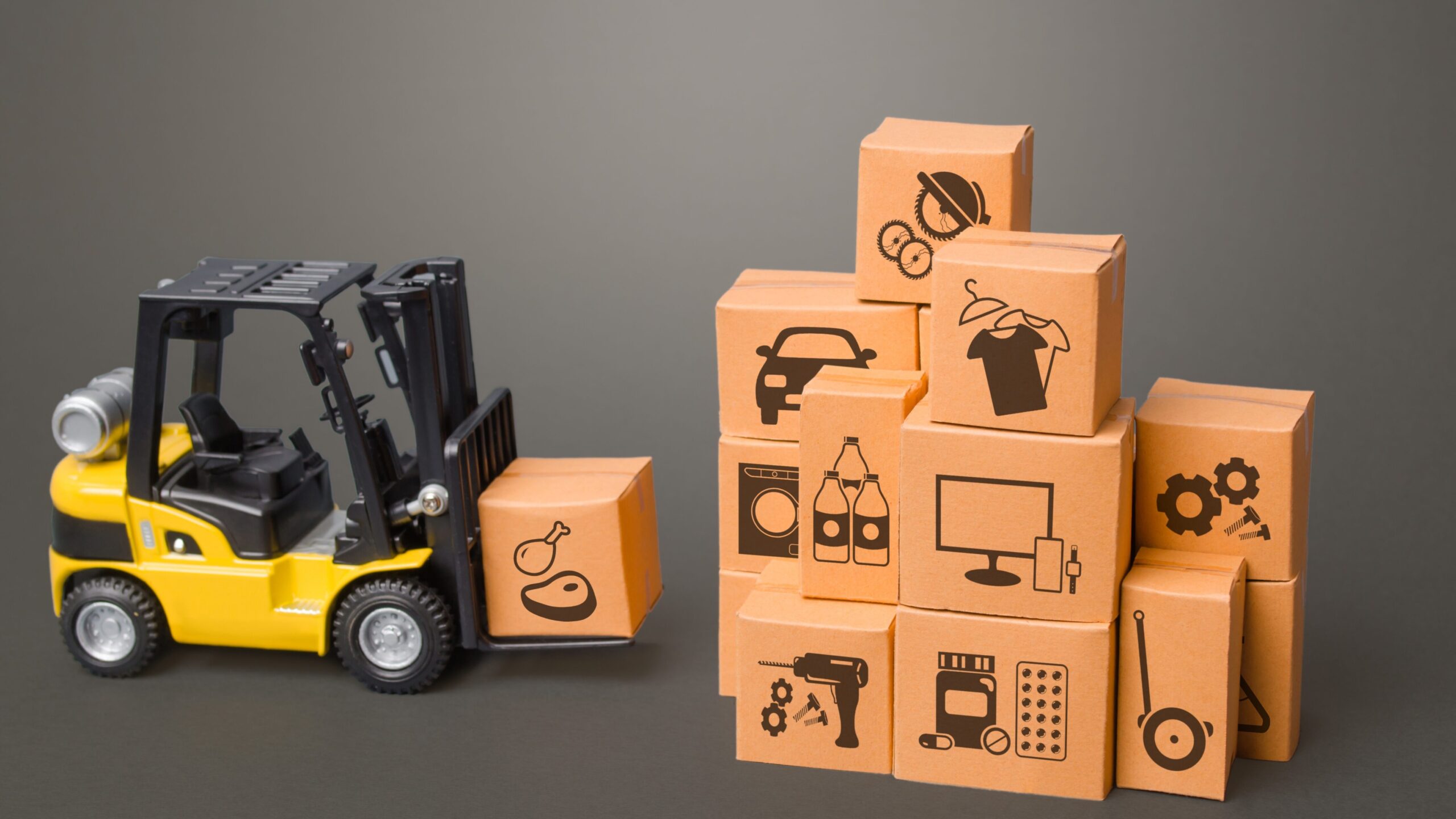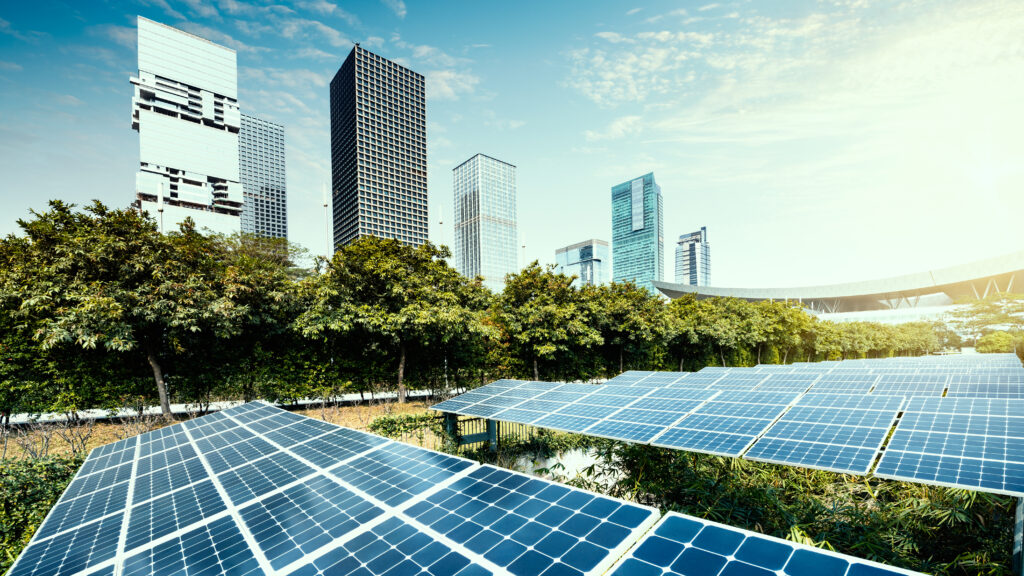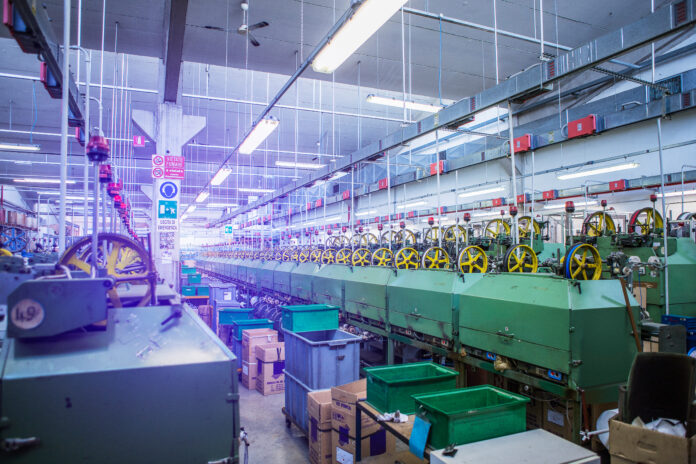Transforming Sri Lanka into a Manufacturing-Led Economy
By the Frontpage Journal Business Desk
In 2024, Sri Lanka began regaining some financial stability after a period of volatility, helped in part by decisive liquidity operations by the Central Bank. But beneath this short-term stabilization lies a deeper truth. The country’s recovery remains fragile unless it is built on a more productive, export-driven economic base. The question now is not just how to manage the present, but how to build a future where growth is resilient, employment is sustained, and foreign reserves are earned, not borrowed.
One path forward is a bold transformation into a manufacturing-led economy, anchored in sustainability, technology, and strategic integration with regional and global markets.
Sri Lanka has long been dependent on consumption, imports, and services, especially tourism and remittances—for economic growth. While these sectors play a role, their volatility was exposed during the recent crisis. Manufacturing, in contrast, offers scale, depth, and the potential for consistent foreign exchange earnings. It can expand the tax base, absorb labor, deepen local supply chains, and create room for innovation.
To make this shift, Sri Lanka must reimagine its industrial strategy, not as a return to the outdated models of protected import substitution, but as a forward-looking, competitive platform for export-led growth. This means identifying priority sectors where the country can build comparative advantage, such as apparel and textile innovation, agro-processing, electronics assembly, pharmaceuticals, rubber-based products, and renewable energy components.

It also means providing the right infrastructure, industrial zones with reliable utilities, digitized customs systems, and efficient ports and logistics. Sri Lanka’s geographic location in the Indian Ocean remains an underleveraged asset. With the right policy environment, it could become a high-efficiency manufacturing and logistics hub connecting South Asia with Southeast Asia, the Middle East, and Africa.
Reforms in land use, urban planning, and transportation are necessary to support these ambitions. Integrated industrial corridors that connect cities, ports, and hinterlands would improve productivity, attract foreign investment, and reduce regional economic disparities.
There is already momentum behind this idea, but execution remains inconsistent.
Labor force development must also be at the center of this shift. Sri Lanka faces both a youth unemployment challenge and a skills mismatch problem. A sustainable manufacturing strategy must include expanded vocational training, STEM education, and partnerships between industry and universities. Without a workforce ready for Industry 4.0, the country risks being locked into low-value manufacturing or losing competitiveness altogether.
Environmental sustainability should not be an afterthought. New manufacturing zones must integrate resource-efficient designs, renewable energy, and circular production models.
Global supply chains are increasingly demanding climate-conscious sourcing. This creates both a responsibility and a competitive opportunity for Sri Lankan manufacturers to lead in sustainability certifications, ethical sourcing, and green production practices.

Policy consistency and long-term investment frameworks are key. Investors in manufacturing require confidence in energy prices, exchange rate stability, tax incentives, and dispute resolution mechanisms. Political risk and policy volatility are major deterrents, particularly for high-value investors. A stable, rules-based environment must be prioritized over short-term, ad hoc incentives.
A strong domestic manufacturing base would also reduce import dependency—a major contributor to Sri Lanka’s external imbalance. The Central Bank’s own 2024 report noted that a large share of liquidity injections was directed at maintaining currency stability amid weak domestic production capacity. Strengthening local production will reduce these vulnerabilities over time and protect the economy from external shocks.
Critically, manufacturing must be linked to small and medium-sized enterprises (SMEs).
SMEs are the backbone of employment but often operate informally, with low productivity and limited market access. By integrating SMEs into larger supply chains, providing them with access to technology and finance, and formalizing their operations, the country can unlock a powerful growth engine that is both inclusive and resilient.
None of this is easy. It requires a mindset shift, from managing crises to building competitiveness. But if Sri Lanka can combine its financial stabilization with an aggressive, forward-looking manufacturing policy, the country stands a chance not just to recover but to reposition itself in the global economy.
The path to prosperity is not paved with liquidity alone. It is built through factories, logistics hubs, training centers, and innovation parks. It is built by workers, entrepreneurs, and investors who believe in the country’s potential. And it is built by a state that recognizes its role, not in doing everything, but in doing the right things to empower others.
Now is the moment to act, not simply to rebuild what was lost, but to build something better, with purpose and direction.
Source: Central Bank of Sri Lanka, Annual Economic Review 2024




